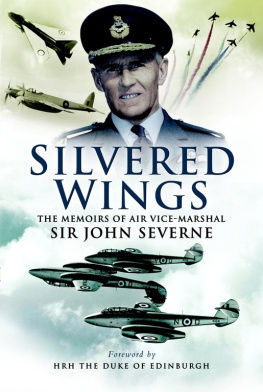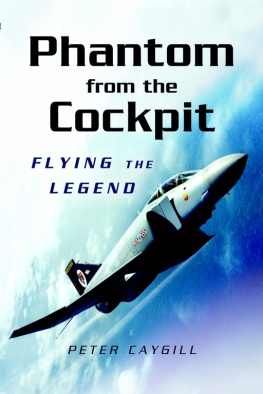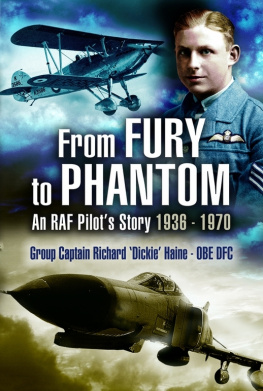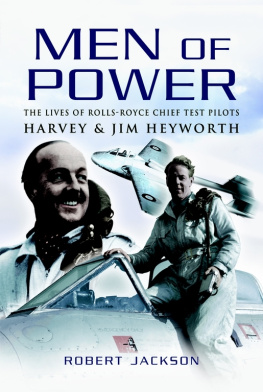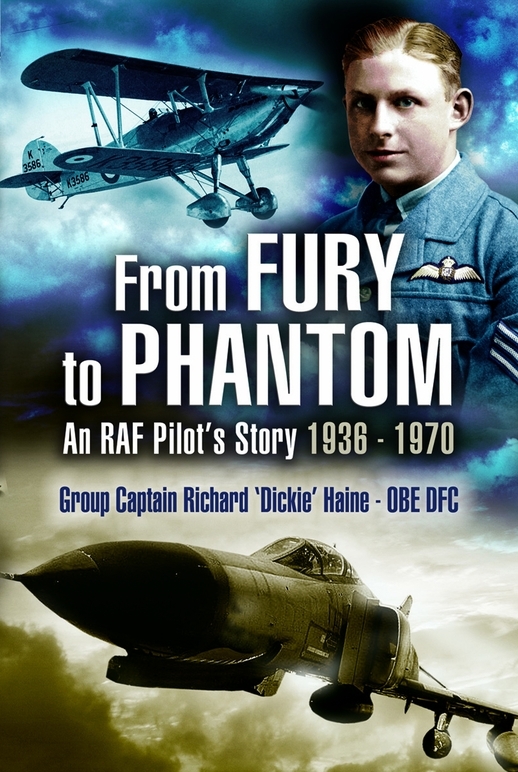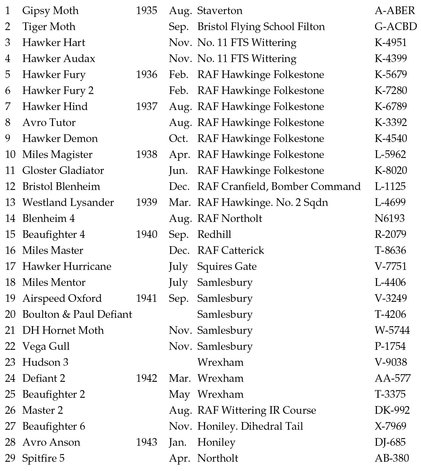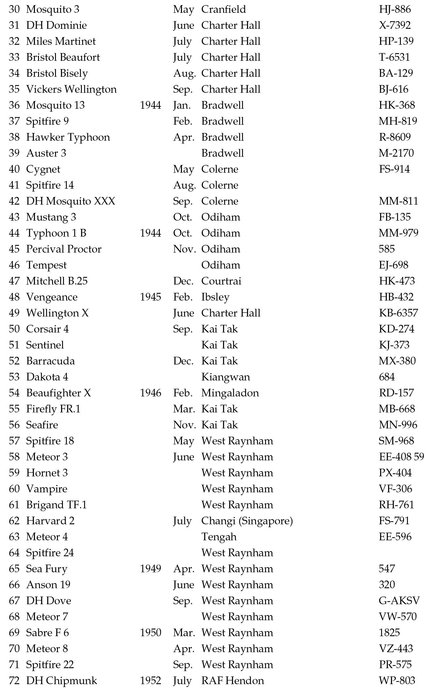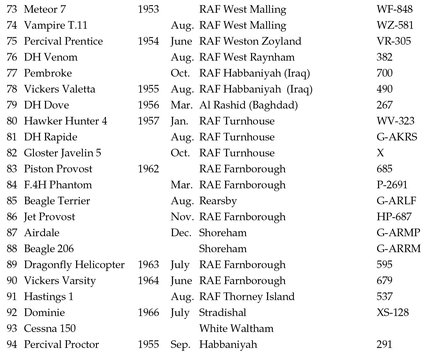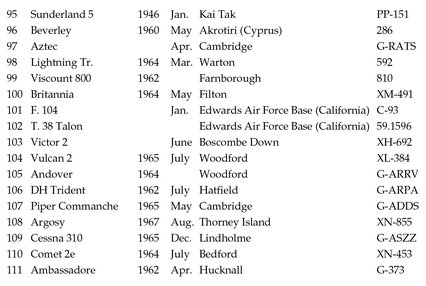Richard Haine (Group CptOBE DFC) - From Fury to Phantom flying for the RAF, 1936-1970: the memoirs of Group Captain Richard Dickie Haine, OBE, DFC
Here you can read online Richard Haine (Group CptOBE DFC) - From Fury to Phantom flying for the RAF, 1936-1970: the memoirs of Group Captain Richard Dickie Haine, OBE, DFC full text of the book (entire story) in english for free. Download pdf and epub, get meaning, cover and reviews about this ebook. City: Barnsley, year: 2005;2013, publisher: Pen & Sword Aviation, genre: Non-fiction. Description of the work, (preface) as well as reviews are available. Best literature library LitArk.com created for fans of good reading and offers a wide selection of genres:
Romance novel
Science fiction
Adventure
Detective
Science
History
Home and family
Prose
Art
Politics
Computer
Non-fiction
Religion
Business
Children
Humor
Choose a favorite category and find really read worthwhile books. Enjoy immersion in the world of imagination, feel the emotions of the characters or learn something new for yourself, make an fascinating discovery.
- Book:From Fury to Phantom flying for the RAF, 1936-1970: the memoirs of Group Captain Richard Dickie Haine, OBE, DFC
- Author:
- Publisher:Pen & Sword Aviation
- Genre:
- Year:2005;2013
- City:Barnsley
- Rating:3 / 5
- Favourites:Add to favourites
- Your mark:
From Fury to Phantom flying for the RAF, 1936-1970: the memoirs of Group Captain Richard Dickie Haine, OBE, DFC: summary, description and annotation
We offer to read an annotation, description, summary or preface (depends on what the author of the book "From Fury to Phantom flying for the RAF, 1936-1970: the memoirs of Group Captain Richard Dickie Haine, OBE, DFC" wrote himself). If you haven't found the necessary information about the book — write in the comments, we will try to find it.
Richard Dickie Haine first went solo in a de Havilland Gipsy Moth during August 1935, after only one week of tuition. He joined the RAF shortly afterwards as a Direct Entry Sergeant Pilot and left the service in 1970 as a Group Captain, OBE, DFC. During his long career he flew an extraordinary variety of aircraft types, starting with small biplanes that were designed upon the philosophy gained during World War I and finishing with Britains V Bomber force and American-designed fighters at the very edge of space.
His first posting was with No 25 Squadron flying Hawker Demons and Gloster Gladiators during 1936 until the unit was re-equipped with Bristol Blenheims and undertook a night-fighter role. These were difficult days during which the primitive radar system made it all but impossible to locate incoming enemy aircraft, but the squadron were also sent on several offensive missions over the recently invaded European countries. Haine was lucky to escape when his aircraft...
Richard Haine (Group CptOBE DFC): author's other books
Who wrote From Fury to Phantom flying for the RAF, 1936-1970: the memoirs of Group Captain Richard Dickie Haine, OBE, DFC? Find out the surname, the name of the author of the book and a list of all author's works by series.

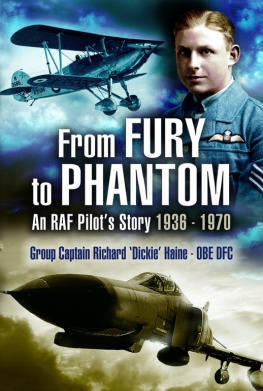

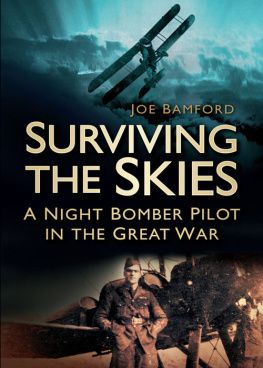
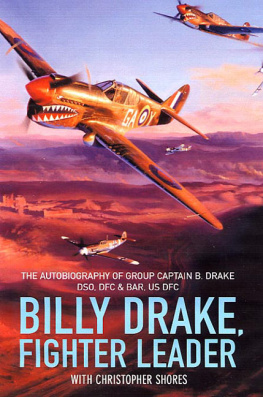
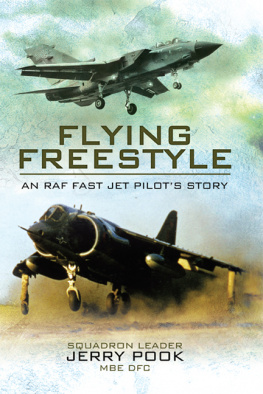
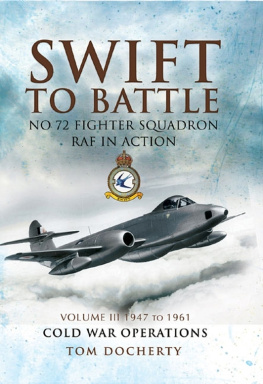
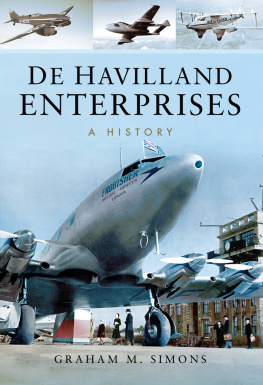
![Bar Wing Commander Guy P. Gibson VC DSO - Enemy Coast Ahead [Illustrated Edition]](/uploads/posts/book/180257/thumbs/bar-wing-commander-guy-p-gibson-vc-dso-enemy.jpg)
